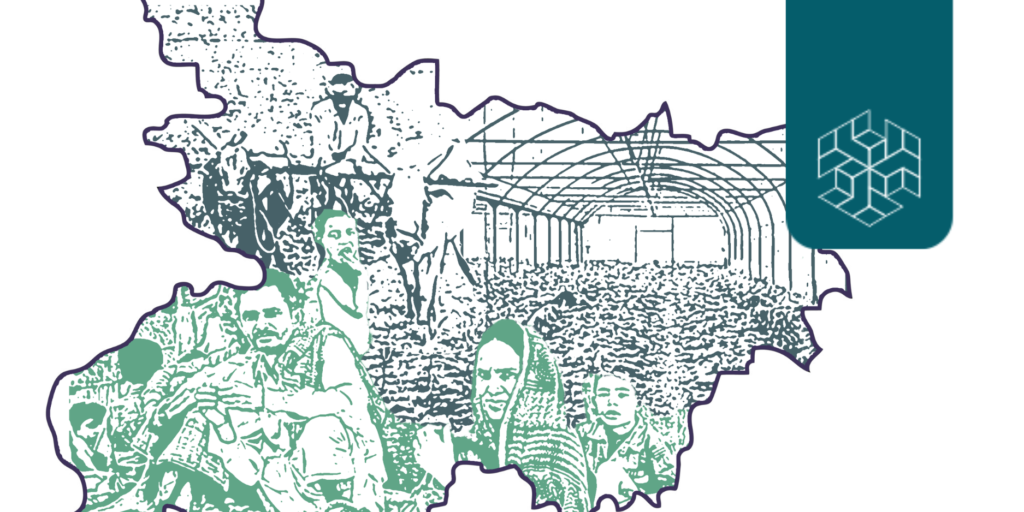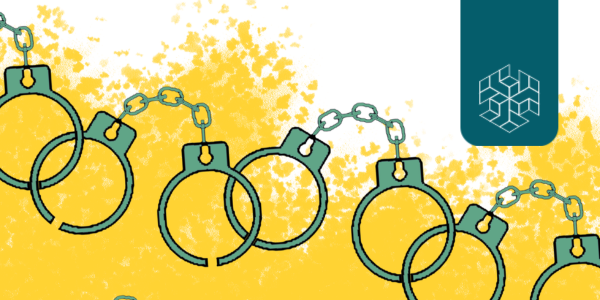Authored by: Tanvi Vipra
Edited by: Riya Singh Rathore, Soumya Singhal and Avishi Gupta
INTRODUCTION
In June 2021, twelve hundred houses in Khori Gaon, Faridabad were demolished and over 5,000 people were forcefully evicted in two days (Housing and Land Rights Network [HLRN] 2021). Seven months before that, in November 2020, 672 families were forcefully evicted from Haldibari Village at the Kaziranga National Park in Assam (HLRN 2021). In January 2020, 284 chawls in the Thane region of Mumbai were demolished and around 73,720 people were evicted (HLRN 2021). The chawls housed 15,360 families. These numbers are only a fraction of the total evictions that occur in the country every year. As per the Forced Evictions in India Report, nearly 2,57,700 people were evicted from their homes between March 2020 and July 2021 (ibid.).
The UN Habitat (2015) defines informal settlements as residential areas where “inhabitants have no security of tenure vis-à-vis the land or dwellings they inhabit, where modalities range from squatting to informal rental housing”. Here, the neighbourhoods “usually lack, or are cut off from, basic services and city infrastructure” (ibid.). Additionally, the housing “may not comply with current planning and building regulations, and is often situated in geographically and environmentally hazardous areas” (ibid.). Based on this definition, Khori Gaon, Haldibari, and the chawls of Thane can be identified as informal settlements.



